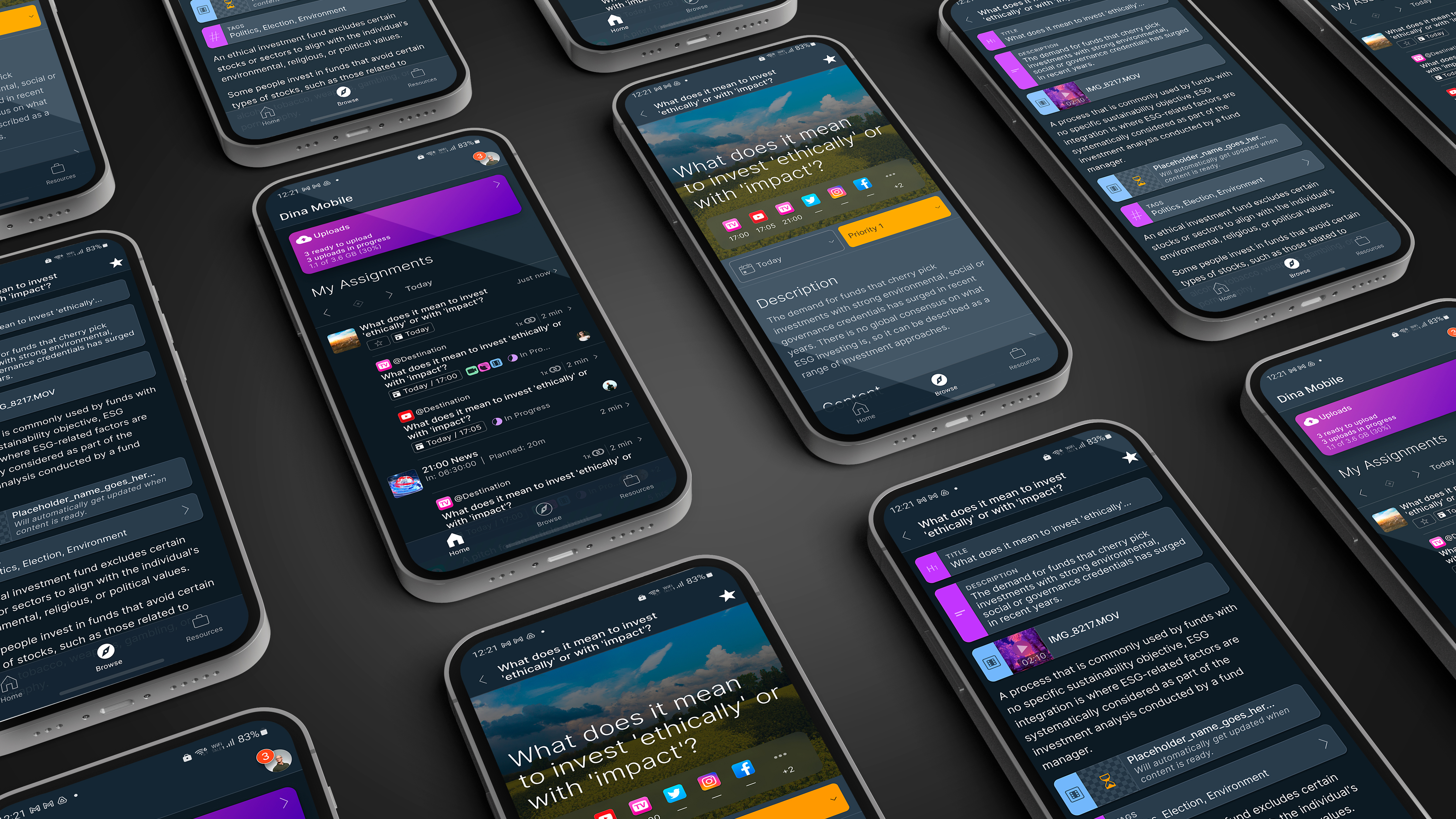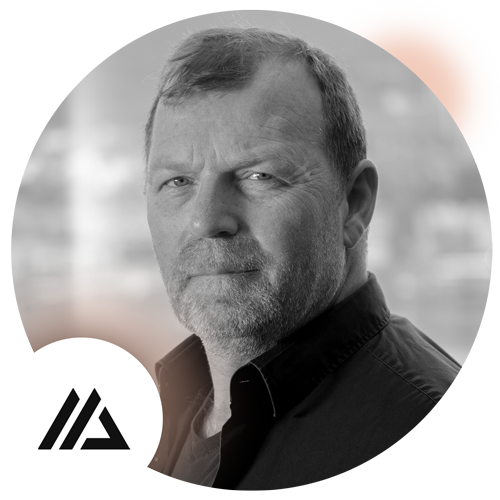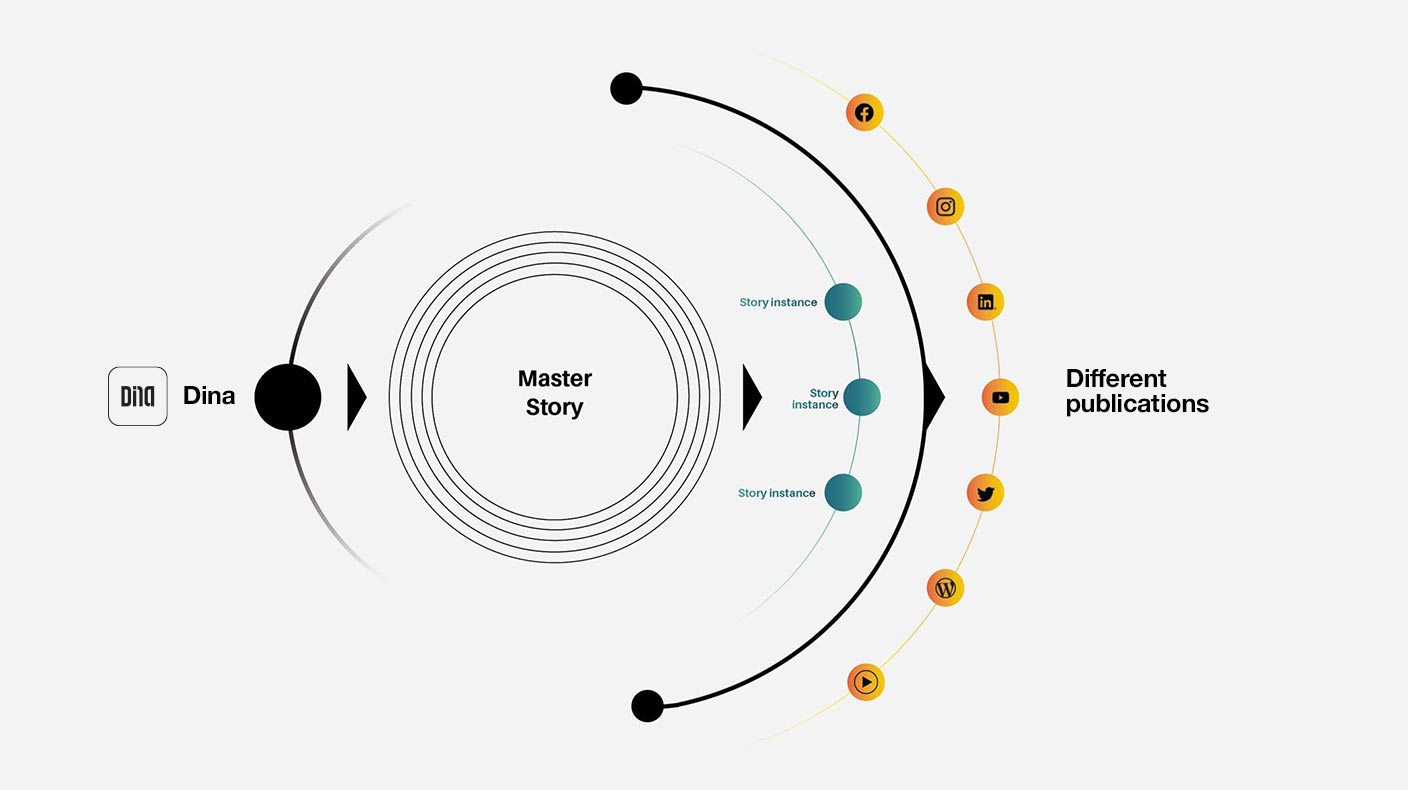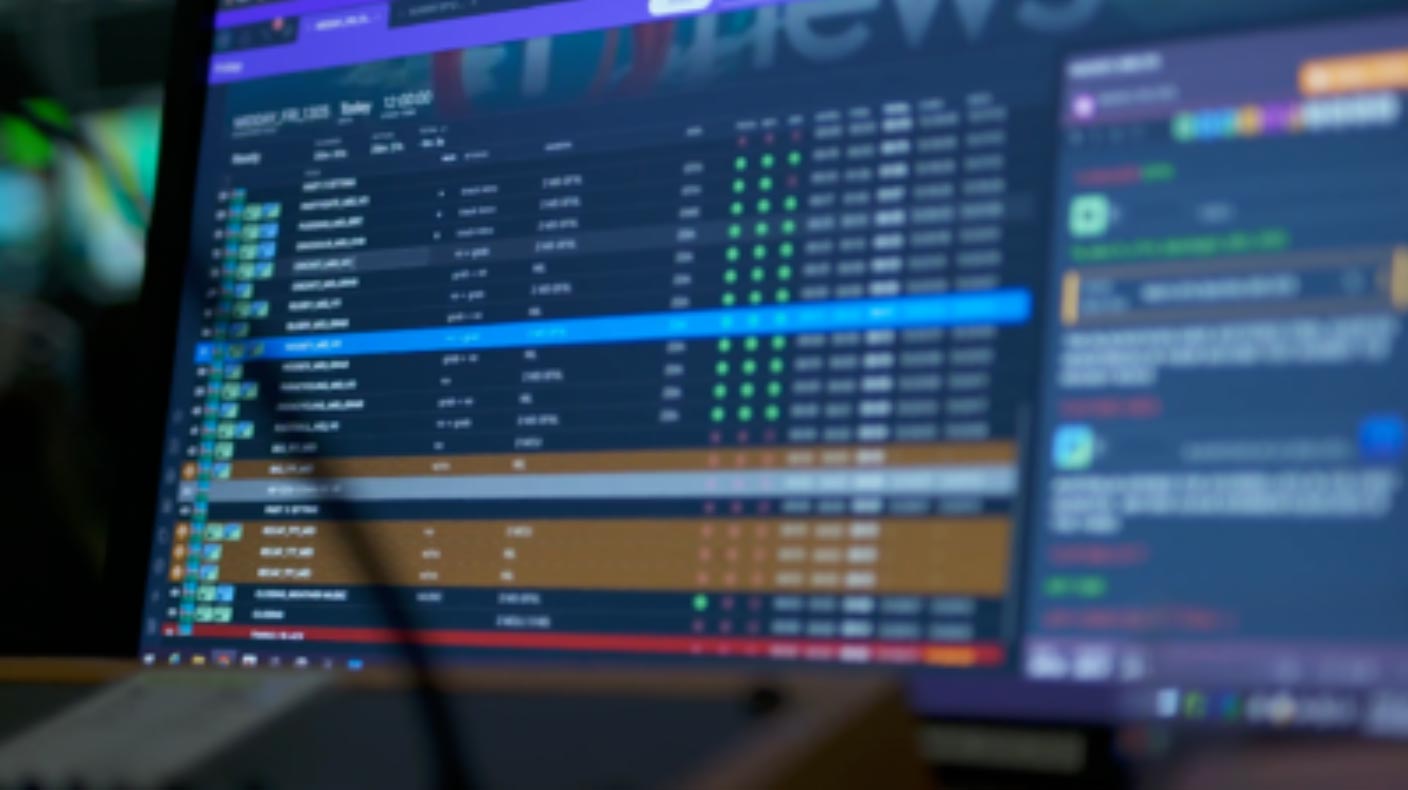“Design isn't just what it looks like and feels like — design is how it works.” - Steve Jobs
If we think about how intuitive and seamless our smartphones are to use and contrast that with how many of the traditional newsroom systems look and feel, it’s obvious that there is a huge disconnect. At first glance, we might be inclined to say, ‘well, so what?’ Design has always taken a backseat to functionality, and rightly so because, without the correct functionality, a tool is worthless. However, there is a case to be made that design and feel are becoming more important.
It is becoming harder to say that design in newsroom tools doesn’t matter when we know that technology can be designed to be easy to use and intuitive. This is particularly true when news providers ask more and more of their journalists.
Good design goes a long way to reducing the amount of time that users spend on processes, as well as making them intuitively understand how to use the system.
We are nearly at a point where new journalists coming into the newsroom have never known a world before smartphones and intuitive interfaces.
We should now expect that training and onboarding new staff will not be a vast and costly process. During training, one should focus on what is expected in terms of the content and editorial direction rather than using the technology. The tools should feel and function in much the same way as our day-to-day tools and be logical and intuitive to use. Products that require many rules about how to use them become increasingly complex and are prone to human error.
Dina is a tool that is built with the end users in mind for every bit of its user interface. The founding team comes from a background in TV, broadcast production and usability design. Dina is built for story collaboration, transparency and for sharing of resources with the end-user in mind for every bit of the user interface. When creating a story in Dina, the journalist can add collaborators, collect resources from connected news service feeds, add suggested videos and images, and more, all within one user interface. Learn more about Dina on the 7Mountains webpage here.
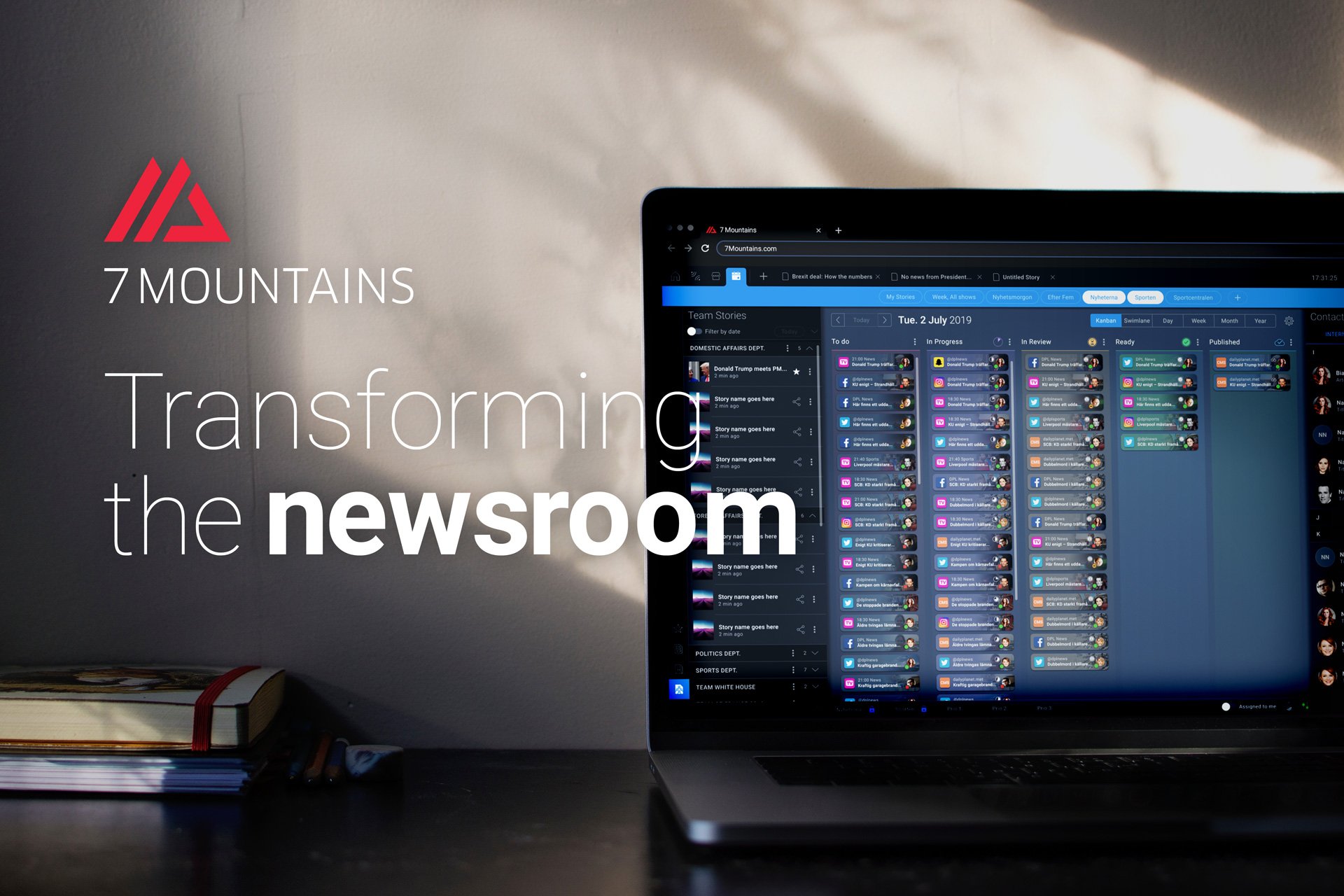
The principles of Story-centric workflows
This blog post is a chapter of the Ebook “The principles of Story-centric workflows” by the co-founder of story-centric newsroom tool Dina, Mads Grønbæk, and the Managing Director of Stem Media, Emily Dawson. To access the free ebook, go to the 7Mountains website here.

